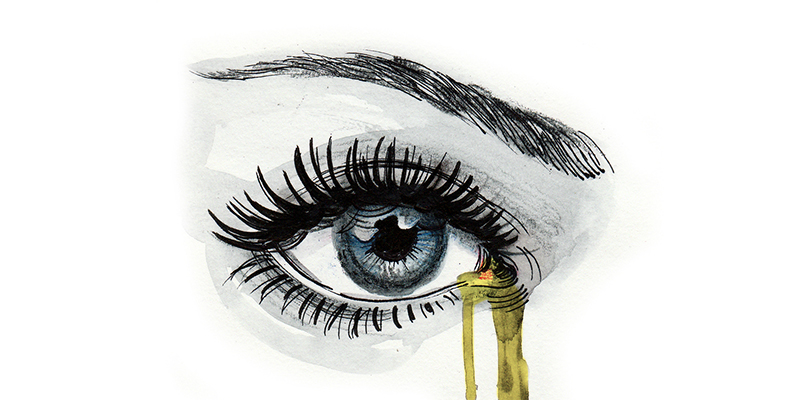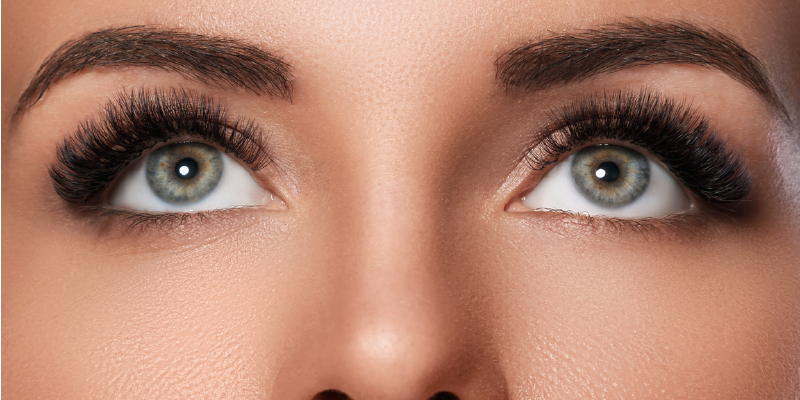Toddlers exist in a perpetual state of stickiness. Ask any parent and they will describe the constant challenge it is to keep their young children’s faces clean. Youngsters are especially prone to catching colds and other infections, which often involve runny noses and eyes. This article will discuss some of the reasons for excess eye mucus. It will also discuss some practical steps you can take to address the problem.
Why are my child’s eyes oozing?
A small amount of discharge from the eyes is normal. It is most often noticed as “sleep in the eyes,” small crusty or sticky particles, when you wake up. Normal eye mucus is a combination of a watery film called rheum, oil, skin cells, and other debris that accumulates in the eye. Typically, this is cleared away by tears as you blink. Greater amounts of mucus than the typical morning accumulation, however, are a sign that there may be a problem. This is especially so if the mucus is causing discomfort, or sticking the eyelashes together.1
A common cause of excess eye mucus is conjunctivitis; also known as pink eye. This is caused by inflammation of the conjunctiva, the glands that produce the rheum fluid in your eyes. Pink eye is typically due to either a viral or bacterial infection. Since children tend to touch their faces frequently and handle objects that may have come into contact with infected individuals, they can pick up a case of pink eye quite easily.
Another cause of extra eye mucus is blepharitis, or inflammation of the eyelid. Blepharitis may be caused by bacterial or viral infections, blockages in the meibomian glands which produce a protective lipid layer over the eyes, and infestation with Demodex mites.
Finally, allergies and reactions to environmental factors such as pollutants, dust, or mold may be causing extra mucus production in your child’s eyes.
What should I do to address this?
Firstly, it is important to take your child to their physician or eye doctor if they develop excessive eye discharge, since this could be due to an infection. Your doctor can make an accurate diagnosis and help you decide on the best way to proceed.
While waiting for an infection to clear, or when managing symptoms of allergies, there are a few simple steps you can take. These steps will help clear the discharge from your child’s eyes and make them feel more comfortable. One very simple thing you can do is dampen a washcloth with warm water and use it as a compress for wiping away sticky or crusty residue. This can also be soothing to irritated eyes.
Gently cleaning the area around the eyes is also good for unclogging glands and keeping the eyes clear of extra germs and irritating particles. The traditional recommendation has been to use diluted baby shampoo on a washcloth. A safe, effective alternative is Cliradex Light foaming cleanser. It is gentle enough to use on sensitive skin. No matter what you are using, always be extra careful when cleaning around children’s delicate eyes.
References
- Tiffany JM. The normal tear film. Developments in ophthalmology. 2008;41:1-20.
- Thode AR, Latkany RA. Current and Emerging Therapeutic Strategies for the Treatment of Meibomian Gland Dysfunction (MGD). Drugs. 2015;75(11):1177-1185.




